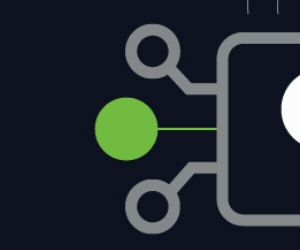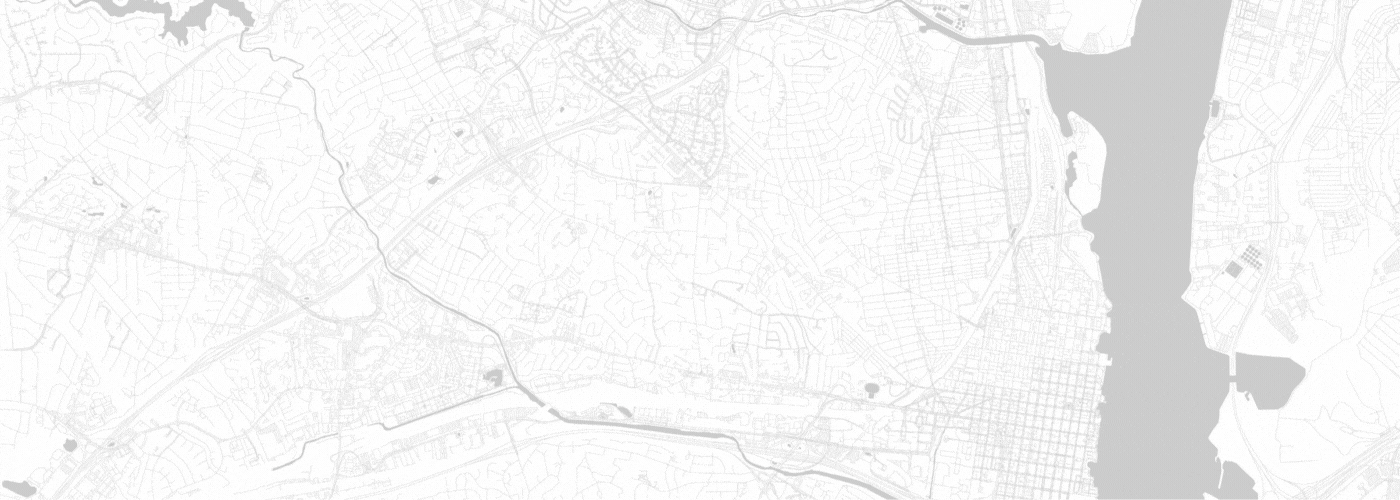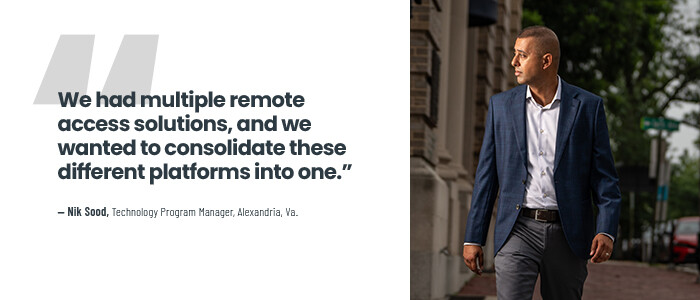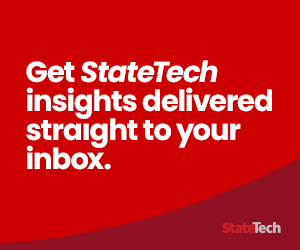How Can Local Governments Manage Secure Access With SASE?
Monroe County, Ga., CIO Boyd Elrod points to the complexities of managing access in the public sector.
“We must have secure access, and we are subject to state and federal codes that mandate things like encryption, different levels of multifactor authentication. We have retention and transparency policies to adhere to,” he says. “We also have workers in various geographic locations. They bring different devices to the table.”
With traditional approaches, “if you wanted to provide secure remote access, you’d usually have to cobble together a solution that requires multiple vendors, different security appliances, different VPN clients, different ISPs,” he says. “All of these things are more links in the chain to break — to be compromised.”
The county IT team leverages Prisma SASE from Palo Alto Networks and is exploring other modernized solutions as well. With SASE, “you have a single pane of glass. It gives you centralized administration, centralized control monitoring and reporting. The standardization that comes along with that saves staff hours, and it gives you a realistic recovery time objective if something’s wrong,” Elrod says.
SASE handles “all the facets of making the endpoint talk to the edge, and from there to a cloud service. It’s a Swiss Army knife for network engineers and other people who are responsible for getting that end user to the resources they need,” he says.
RELATED: State governments automate user privileges to assist with identity management and access.
How Does SASE Support Remote Access for the Public Sector?
In state and local government, remote access is a foremost concern. Many IT teams are supporting a hybrid workforce, and some agencies by definition need to connect from offsite locations.
“We have some people who can work remotely, and of course on our public safety side that’s the only place they work — in their patrol cars or EMS vehicles or ambulances,” Elrod said. For these users, “SASE gives them that secure pipe, it secures the endpoint, it gives them that avenue to connect.”
For IT, it’s easier to support those remote users with SASE. The technologists can focus on operating a single, integrated solution, he says, “instead of having to manage so many different systems just to get one employee connected.”
In Alexandria, SASE is a natural fit for supporting remote access, says Deputy CIO Ryon Saenz: “Zscaler natively compliments having internet access.”
“The old solutions usually required an appliance or something for VPN or remote access,” he says. “This removes that middleman: We use the actual internet that people have access through — whether they are home, mobile or in the office — to set up web application-based policies for their access.”


















